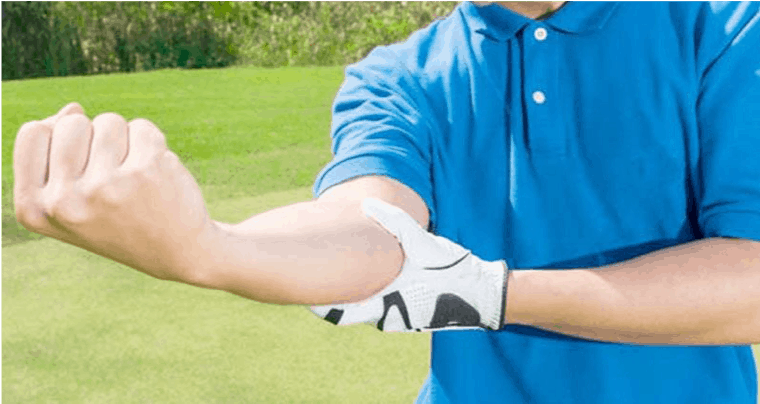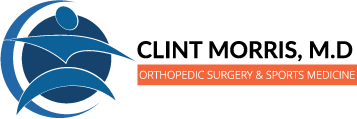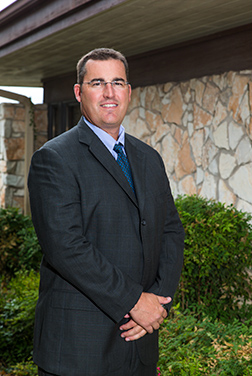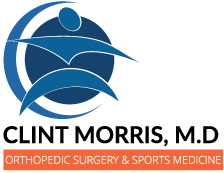If you or a loved one is experiencing any of the following symptoms or conditions, call the office of Dr. Clint Morris at (830) 895-4466 for further evaluation.
Medial Epicondylitis, better known as Golfer’s Elbow is diagnosed if the person experiences pain on the bony bump on the inside of your elbow that may radiate into the forearm.
The underlying cause to Golfer’s Elbow is usually overuse, but despite the name, this condition isn’t limited to just golfers. Other sports at high risk include tennis, bowling, weightlifting, racquetball, softball and baseball to name a few. However most causes may not be sport-related, but instead be caused by repetitive strain at work. Professions at high risk include cooks, mechanics, plumbers, painters, construction workers or anyone who does repetitive hand, wrist, or forearm motions are not immune to developing this over time.
Signs of Golfer’s Elbow:
- Pain and tenderness on the inside of the elbow
- Difficulty moving the elbow
- Pain when shaking hands
- A weakened wrist
- Stiff elbow
- Pain when flexing the wrist toward the forearm
- A tingling sensation extending from the elbow to the ring and pinky fingers
- Pain when attempting to grip something

Treating Golfer’s Elbow:
Depending on the severity of your injury, below are the most common treatments used for repairing tennis elbow, that your doctor will go into more detail when deciding on the best treatment option for you.
- Over the Counter Medication – A doctor may suggest NSAID’s (Non-Steroidal Anti-inflammatory Drugs) such as Ibuprofen, which can help reduce pain and inflammation in the early stages.
- Cortisone Injections – A steroid injection such as Cortisone may be considered if more conservative treatment is not effective. It may heal quickly within two weeks, but you could suffer from Golfer’s elbow for months, particularly if it is not allowed to rest in the early days.
- Platelet Rich Plasma (PRP) Injections – Plasma is the liquid part of your blood that’s mostly made of water and protein. It lets red and white blood cells, as well as platelets move through your bloodstream. Platelets are a type of blood cell that makes your blood clot and play a role in healing. To collect plasma, a doctor draws blood from your body and uses a machine to separate the platelet-rich plasma from the rest of the blood. Then your doctor will inject your plasma in the area being treated with a needle. Once platelets are injected, they break down and release growth factors, which are compounds that help cells repair and renew.
- Physical Therapy – Can help with Golfer’s elbow rehabilitation, but only after the acute stage, and for stubborn injuries that fail to heal.
- Surgery – Surgery is rare, but will be considered if other treatment options have not worked. The surgeon may remove damaged tissue. They may also remove buildups of scar tissue or extra bone, which could be putting pressure on the tendon./li>
Dr. Clint Morris understands the frustration of living with elbow pain and the fear that accompanies it. Often, most put off calling to schedule an appointment with an Orthopedic surgeon because they think the only other option is surgery, since they have already gone through traditional treatments with their primary physician… Physical therapy, injections and/or prescription drugs. Dr. Morris encourages his patients to communicate their needs as detailed as they can, trusting that together, you and Dr. Morris will work as a team to come up with the best treatment option for your condition. As one of the top board certified Orthopaedic and Sports Medicine surgeons in the Texas Hill Country, you can rest assure that Dr. Morris is fully committed to addressing your elbow pain and getting you back to doing the things you love.
To schedule an appointment with Dr. Clint Morris or for more information about his services, please visit us here or contact us at our Kerrville location (830) 895-4466.

 Dr. Morris has more than 23 years experience in the Texas Hill Country in the care of Sports Medicine and orthopedic surgery.
Dr. Morris has more than 23 years experience in the Texas Hill Country in the care of Sports Medicine and orthopedic surgery. 